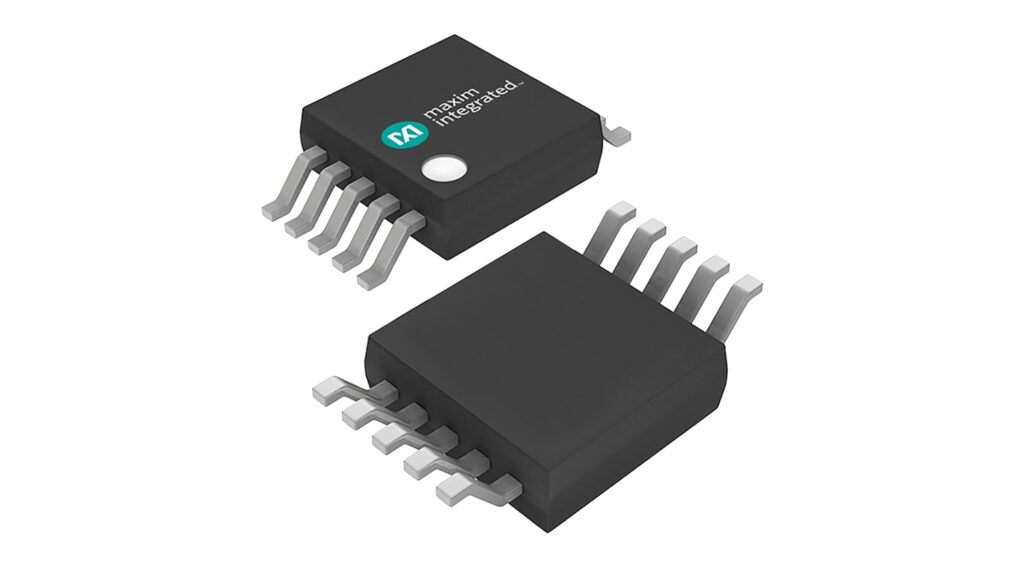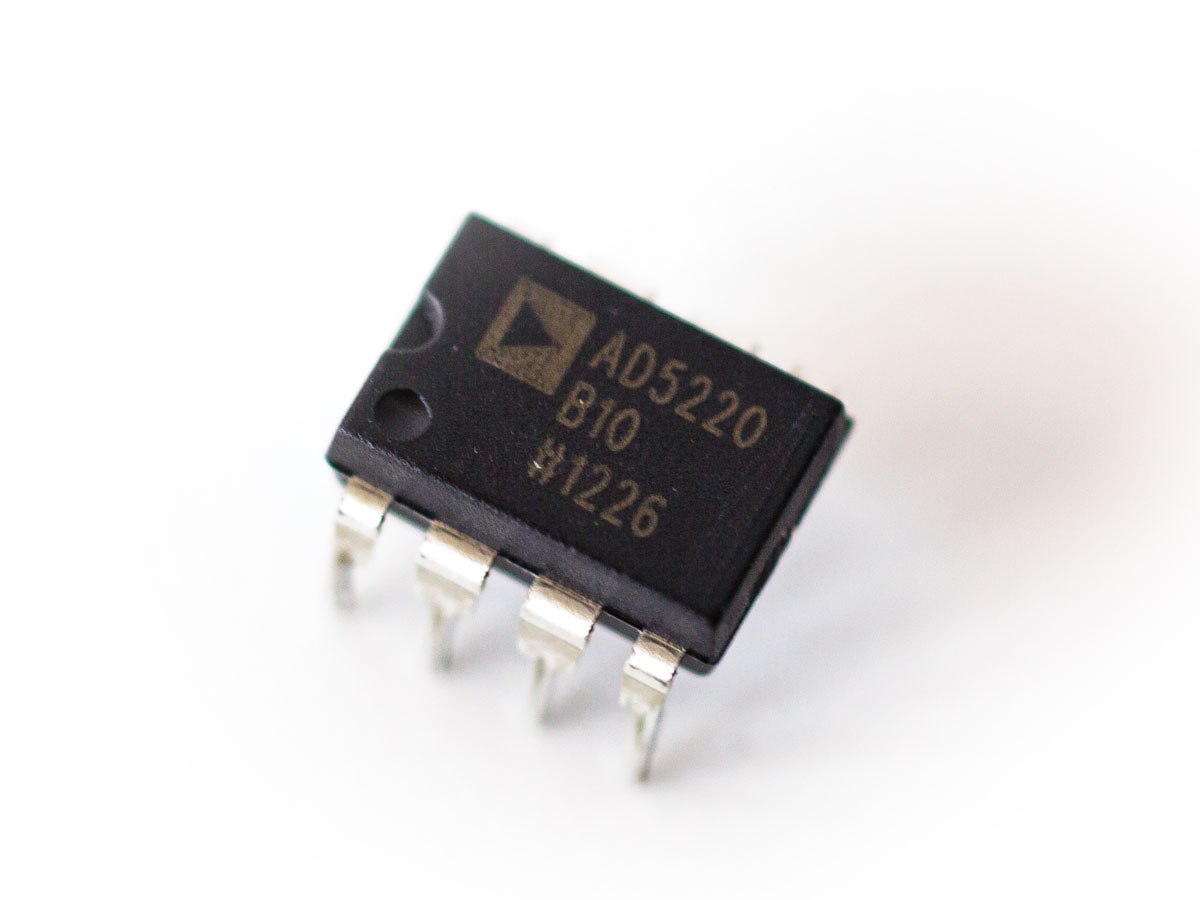Welcome to Linquip Blog. Today and in this article, we are going to answer the question “What is a Digital Potentiometer?”. Potentiometers are actually a resistor, an electrical device that resists the flow of electrical current. In the digital era, we can find a variety of “digital resistors” for our everyday applications. This article is about digital potentiometers to explain how they work and where they are used.
Our team gathered all of the necessary information on this topic to eliminate the need for reading diverse content on other websites. Stay with us until the end to find the answer to your question on this topic. We have a long journey ahead of us, so take a deep breath, sit back, and keep reading this article until the end.
What Is a Digital Potentiometer?
As it is mentioned before, a potentiometer is a variable resistor that can be used in a circuit to control resistance, current, and voltage through a circuit to attain a certain output. The potentiometer is just a variable resistor which you all might have seen in your physics laboratory, consisting of a metal coil wound on a cylindrical platform that consists of a sliding contact that is used to control the resistance of a circuit.
The mechanical potentiometers are used for manual controls where someone should physically vary the resistance of the device to change the output. But a digital potentiometer can automatically vary its resistance depending on the given condition. A digital potentiometer acts exactly like a potentiometer whose resistance can be varied by digital communication instead of rotating the knob directly.
The Working Principle of a Digital Potentiometer
To understand how a digital potentiometer works, we have to look into the architecture of a digital potentiometer. As it has only one function to perform in a circuit, to control the current or voltage based on the given condition, the structure is very simple. The blocks of an electronic potentiometer include a series of resistors, a Memory unit, and a Control and Interface unit.
1. Series of Resistors
A digital potentiometer or as it is called digipot is built by connecting a series of resistors in a ladder-like structure; each step of the ladder consists of a switch that is connected to the output of the potentiometer. The resistance of the device is determined by calculating the number of steps it has. The higher the number of steps, the greater the resistance value.
2. Memory Unit
All the digital devices have some sort of memory for their operations. As the digital potentiometer is also a form of digital device, they also have a memory unit. They mostly have a volatile memory unit. the volatile memory units are used only during the operation and they will not store any prior information once they are shut down. So, most of the digipots start from the first step while they are restarting, in some cases these devices are interfaced with the micro-controller to store the last position.
There are some special digipots available in the market that make use of Non-Volatile memory where the last step of the potentiometer is stored within the device so that the last step of the device will be retained even after shutting down the device.
3. Control and Interface unit
The control unit is the most important unit of a digital potentiometer, as it is the unit that differs the digital potentiometer from the traditional potentiometer. The control unit is where the control signal is sent from a microcontroller to vary the resistance of the digital potentiometer.
Almost all the potentiometers have a synchronous or an asynchronous series bus as an interface in the control unit. Apart from that, some digital potentiometers use control logic or front panel switches. The increment-decrement interface bus is the most common asynchronous bus used in the digital potentiometer making use of a UP and Down Counter.
What Are the advantages of Digital Potentiometers?
Digital potentiometers are convenient for use where environmental factors can adversely affect a mechanical potentiometer. Environments with vibration or particles like dirt, dust, moisture, or grease that can gum up the shaft can drive one to choose a digital potentiometer. Digital potentiometers can be better protected from the environment since they can be encapsulated. This kind of potentiometer is less vulnerable to vibration, less accessible to physical tampering, and can offer more features than a mechanical pot. Additional options for digital pots can include a quad-pack of digital pots in a single package, shutdown mode, and programmable pre-set positions upon power-on for the wiper.
Digipots can use memory (both volatile and non-volatile) for a set wiper position upon start-up. This device can also offer higher resolution, greater stability, and solid-state reliability. They are smaller than mechanical potentiometers and can fit in tiny IC packages.
Applications
We have already answered the question of “What Is a Digital Potentiometer?” for the closure to this article we are going to mention some of the most important usages and applications of digital potentiometers. Generally, digital potentiometers can be used wherever mechanical potentiometers are employed, such as sensor trimming and calibration (remote or local), instrumentation (gain or offset adjustment), adjustable gain amplifiers, and so on. The following are some other applications where digital potentiometers can be used:
- To adjust the volume in stereo and other appliances
- To adjust the brightness and contrast in LEDs
- To regulate Programmable Voltage
- To vary the resistance in an analog circuit
- Sensor auto referencing circuits
- Automatic Gain Control
- Used for sensor trimming and calibration instrumentation.
- Level adjustments in automotive electronics
- Programmable power supplies, filters, time constants or delay value.
Conclusion
The present article was an attempt to answer the question “What Is a Digital Potentiometer?” and delivers all the essential information about how it works and where it is used.
A digital potentiometer has the same function as a normal potentiometer but instead of mechanical action, it uses digital signals and switches. This is done by making use of a ‘resistor ladder’, a string of small resistors in series.
If you have any experience of using single and two–stage compressors, we will be very glad to have your opinions about their performance in the comments on our website Linquip. Moreover, if you have any questions about this topic, you can sign up on our website and wait for our experts to answer your questions. Hope you enjoyed reading this article.
Buy Equipment or Ask for a Service
By using Linquip RFQ Service, you can expect to receive quotations from various suppliers across multiple industries and regions.
Click Here to Request a Quotation From Suppliers and Service Providers
Read More In Linquip
- Difference Between Potentiometer and Voltmeter
- What is Rotary Potentiometer? What It Does for Us
- What Is a Digital Potentiometer? An Explanation of the Working Principle and Advantages
- Potentiometer Connection, Working, Circuit Diagram, & Wiring Guide
- What is the Difference Between Potentiometer and Rheostat?
- Types of Potentiometers: The Ultimate Guide to Learning About Different POT Types
- What is Potentiometer? The Ultimate Guide to Knowing Potentiometers And Their Construction





